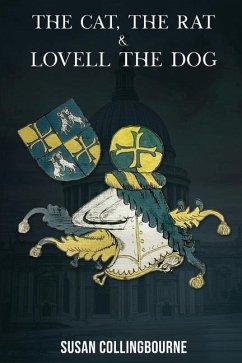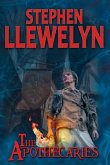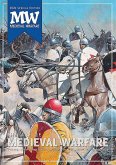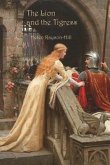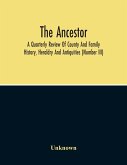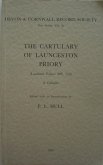The Cat, the Rat and Lovell the Dog is a story of intrigue, mystery, love, betrayal and politics. Set in fifteenth century England during the War of the Roses, the story is born from a notorious real life person, William Collingbourne who ridiculed King Richard III by writing a seditious rhyme that he nailed to the door of St. Paul's Cathedral. He was subsequently hanged, drawn and quartered for his actions. Collingbourne became something of a folk hero -a man who had been unjustly murdered in a most barbaric way by an evil king for simply writing a few home truths and nailing them on the door of St. Paul's Cathedral. The bard Charless Bukowsi's wrote Treason 'Collingbourne crossed a king with a poem and inherited gallows at Tower Hill. A later bard (anon)wrote: It stands on record that in Richard's times, a man was hanged for very honest rhymes.' Propaganda by the Tudor's anxiously trying to justify why Henry Tudor stole Richard's crown. Was King Richard the evil monster betrayed? Did he usurp the crown, murder his brother's sons who had been locked in the Tower of London? Was Richard an evil King? Or was Richard a King England needed who concerned himself seeking justice for the ordinary people of his realm? Collingbourne, was a favourite of the House of York. He had received many privileges, high office and acquired great wealth. Research reveals his accused crime was far more serious than sedition, it was a case of high treason. Why would Collingbourne change his allegiance from the House of York to the Lancastrian House? What is the truth of this tragic story?

